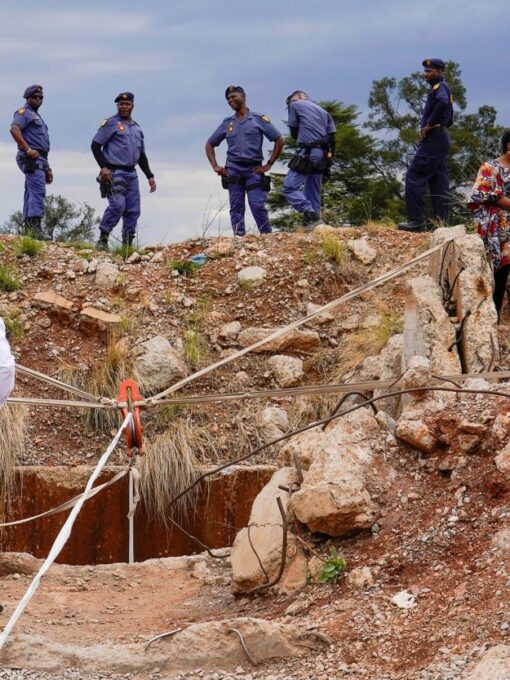The winter and its low exposure to the sun is already well underway, but rare are those aware that we are not all equipped against nature’s harsh conditions and especially the lack of vitamin D.
Relocated in countries with a temperate climate, vitamin D deficiency affects more people with darker skin. However, it is crucial for human beings to whom it causes rickets as a child and osteomalacia for the adult, meaning a high risk of bone fragility. You got it, women are the main victims of vitamin D deficiency, and this is emphasized during pregnancy when this same weakness can be transmitted to the unborn child, with multiple bone fractures. Light skinned people are not protected against UVB rays, which allow a high production of vitamin D. Inversely, dark skins secrete a substance called Melanin, which colors the skin while protecting it from the UV rays; they absorb less UV rays and produce less vitamin D3 also called Cholecalciferol.
One can play catch up in the diet even though foods generally poor in vitamin D are not enough to ensure a proper intake. Cow’s milk contains moderate amounts of vitamins, which justifies the fact that it is, like other dairy products, frequently enriched with vitamin D2, derived from the fungi found in yeasts.Women should be particularly monitored during two sensitive milestones.
Pregnancy
The goal is to provide the necessary amount of calcium to the fetus for its bone development. Pregnant women should therefore be given a normal dose of vitamin D.
Menopause
The advanced age of a woman exposes her to osteoporosis (fragility due to calcium deficiency) which makes her vulnerable to fractures with a clear prevalence of the femoral neck. Its prevention requires a regular intake of calcium from childhood with a greater intake at an older age. The intake is adjusted to age, to the degree of exposure to the sun, to the skin color, but we already knew tha



 The Long Wait for Justice in Kenya’s Police Violence Cases
The Long Wait for Justice in Kenya’s Police Violence Cases  The Human Cost of Illegal Mining in South Africa
The Human Cost of Illegal Mining in South Africa  Everything Prince Harry and Meghan Markle Did On Their Visit To Nigeria (Including That Secret Stop)
Everything Prince Harry and Meghan Markle Did On Their Visit To Nigeria (Including That Secret Stop)  Twins and Models Battle the World’s Most Common Genetic Disease: Sickle Cell
Twins and Models Battle the World’s Most Common Genetic Disease: Sickle Cell  Call me “Thandiwe” because that’s my name.
Call me “Thandiwe” because that’s my name.  Sonia Roland Questioned In Gabon Fraud investigation
Sonia Roland Questioned In Gabon Fraud investigation  Africa is Still Waiting In the Back of the Line for The Covid Vaccine
Africa is Still Waiting In the Back of the Line for The Covid Vaccine